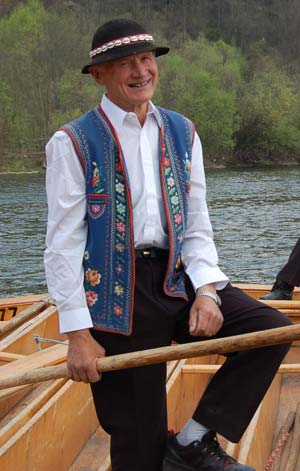Hello all,
Today I will return to Spain, to Aragon, province of Huesca, the valley of Ansó. Aragon is in the northeast of the country, between Catalonia and Navarre.
Huesca is the northernmost of the three provinces of Aragon, and the Valle de Ansó is in the northwest corner.
This valley has a well preserved folk costume tradition. You can see several of them in the image at the top of this article. This is likely because it is right up in the Pyrenees Mountains.
The base of the women's costume is a full length chemise, camisa, in linen. The collar is gathered and smock pleated for its entire height. This is starched and molded into somewhat of a cup shape. The sleeves are smock gathered into the shoulder insets, and there is a narrow row of embroidery at the seam, mostly in black but with some other colors added. The sleeves are long, with a narrow writstband. The insets seem to be sewn to the sides of the body of the chemise, and together, they form the collar.

Here is a video showing how to starch and shape the collar of the chemise, and otherwise get it ready to be stored and worn. You can see the shape and construction of it.
https://www.youtube.com/watch?v=UpbQiIHBTYs
The hair is divided into two parts and wrapped with a red or black ribbon. padded rolls called churros are joined to the hair, so that the resulting wrapped tubes can circle the head twice from each direction and are pinned into place. This recalls similar hairstyles in Scandinavia and Savoie.


An underskirt, or petticoat is worn over the camisa. It is made of striped or plaid cotton in dark colors, or sometimes a single color. This is called Saya. It has a drawstring closure and is worn around the waist.

There is a long jumper, consisting of a very short bodice with a long attached wool skirt worn over this. It is called Basquiña, and is made in red, black, and green. The normal version has a black bodice and a green wool skirt. The skirt is smock-gathered into the bodice, and shortly below that the cloth is worked into pleats. The bodice is bound around the neck opening in red, and around the armholes in yellow. For the everyday work costume, it is pinned back, allowing the saya to be visible.
A scapular, Escapulario, is always worn with this. The scapular consists of two rectangles of cloth, one of which is highly ornamented with an image of Our Lady, or other religious image. The two are connected with ribbons maybe 20cm long. The ribbons are folded in half, and the middle of the ribbons is tied to the back of the right shoulder strap, the two rectangles hanging forward on the right shoulder.




For the festive version of the costume, a brooch or pendant is attached to a red ribbon tied around the neck, and elaborate earrings are worn.
Oversleeves are almost always worn. For everyday these manguitos are made of striped or plaid cotton or percale, they are gathered at the cuffs, and have a drawstring which ties closed above the elbow. They often match the saya, the underskirt.
For the festive costume, the Mangas Cuerda are made of wool or finer material, of various colors. They are decorated with ribbon or trim, and are connected at the top by a double ribbon which crosses the back and helps hold them on. For the festive costume they are made in black.
While unmarried girls wear the ribbon wrapped churros plain, married women tie a cap of lace or cloth over the headdress, and then pin a kerchief over that in various ways, sometimes more than one.
For particular religious celebrations, a rosette of ribbons may be pinned to the front of the bodice. This typically has crosses, reliquaries and other religious symbols pinned to it.
For little girls, especially for their first communion, the Basquiña is made in red. Note that their hair is not made up.
For church going and religious ceremonies, the Basquiña is made in black, with a white hem, in which case it is called Saiguelo de lana. The Mangas are then made in white or another color, and have ribbons tying the cuffs closed.

When actually in church, mantles are worn over the head, as we have seen in other places.
For ceremonial occasions, a brocade apron is added. For weddings, the bride has a red apron and matching wide ribbons down the back. These are put on over a second Basquiña which has sleeves and is pinned up at the back. The daily mangitas are put on over the chemise, and then the attached sleeves, which are slit and are secured at the wrist with ribbons.

This is the women's costume. Thank you for readingl I hope that you have found this interesting.

Here is a website devoted to this valley. It has much good information on the costume, and I found it to be a valuable resource. It also has extensive galleries of photos.
http://www.valledeanso.com/anso/eltrajetipico/
http://www.valledeanso.com/galeriafotografica/index.html
Every year in this valley they have a festival showcasing the costume. Here is a video.
https://www.youtube.com/watch?v=hX64ivvSA0M
Online sources:
A collection of individual costume pieces.
http://www.aragon.es/edycul/patrimo/etno/balcells/textilindumen.htm
A blog entry about Anso costume in Castillian.
http://josefinamendiara.blogspot.com/
A website that shows and i believe sells costumes from Aragon
http://www.indumentariasanjorge.com/admin/controllerAdmin.php?action=presentacion
Roman K
rkozakand@aol.com
Source Material:
Oscar de la Renta et al, 'Joaquin Sorolla and the Glory of Spanish Dress', New York, 2011
Jesus Espallargas, 'El Traje Tradicional en Aragon',
Antonio Jesus Gorria Ipas, 'El Valle de Anso y su Traje Tradicional', Zaragoza,
Jose Ortiz Echague, 'Espana, Tipos y Trajes', Madrid, 1953
Isabel de Palencia, 'Regional Costumes of Spain', Madrid, 1926
Manuel Comba, 'Trajes Regionales Espanoles', Madrid, 1977
Cesar Justel, 'Espana, Trajes Regionales', Madrid, 1997
Lilla Fox, 'Folk Costumes of Southern Europe', Boston, 1972








































































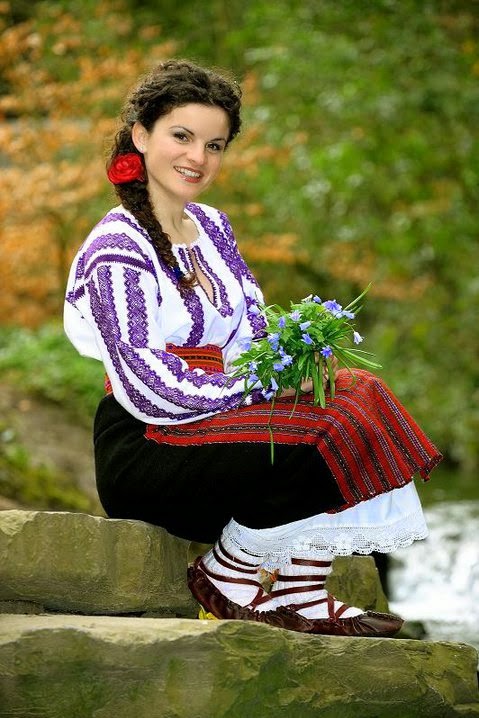







































































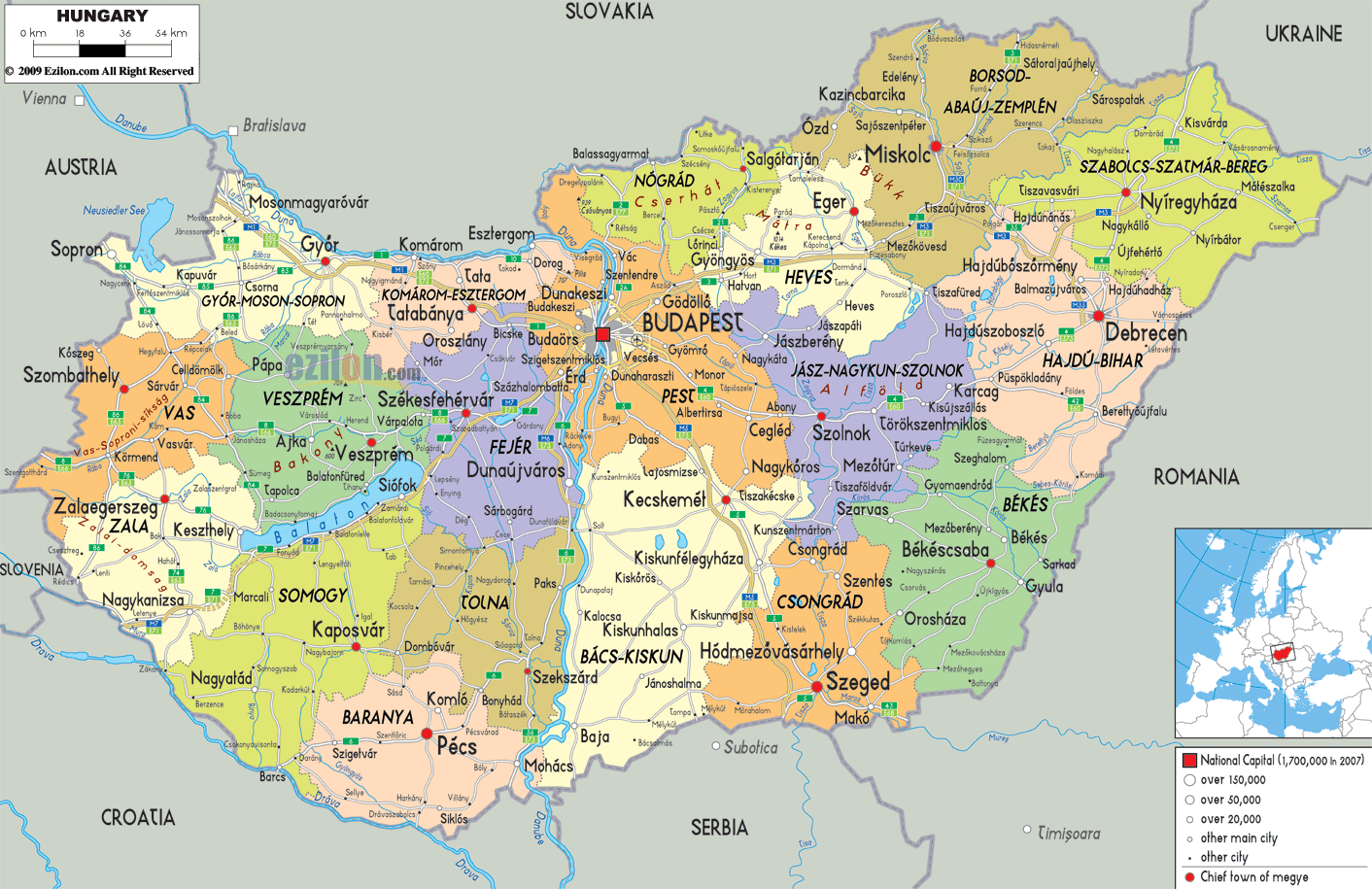




























.jpg)













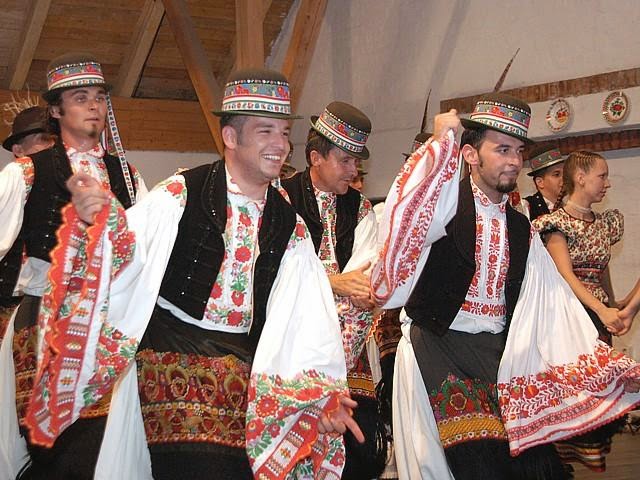











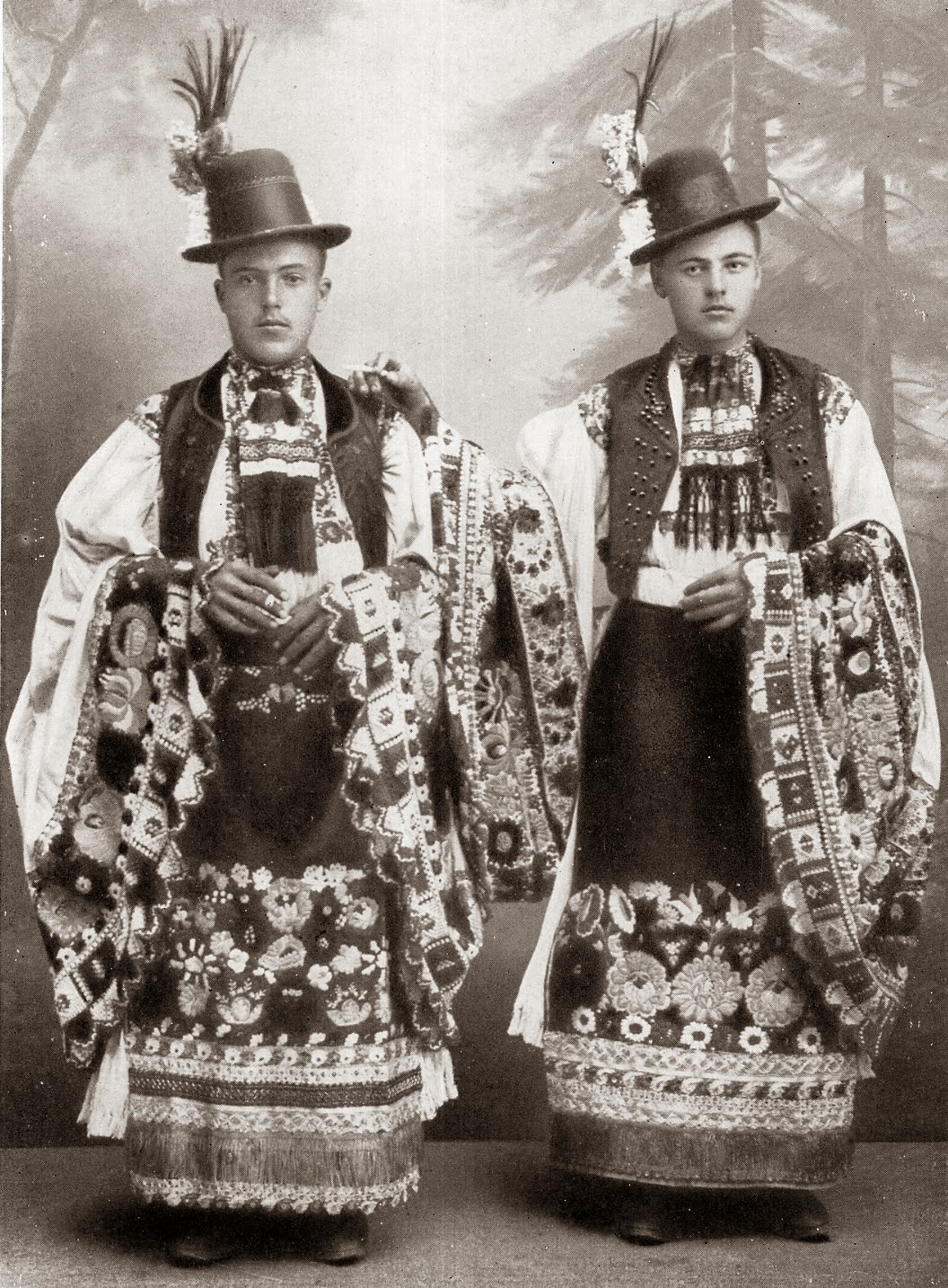


















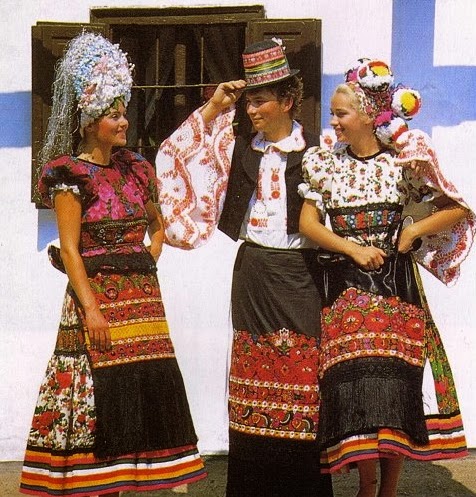





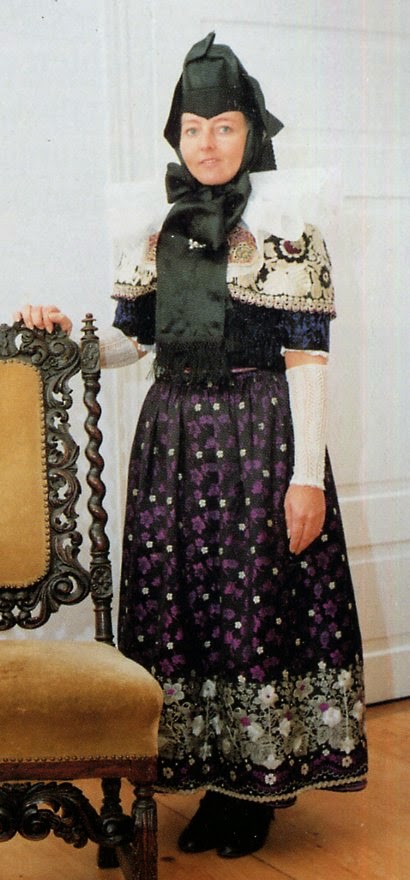







































































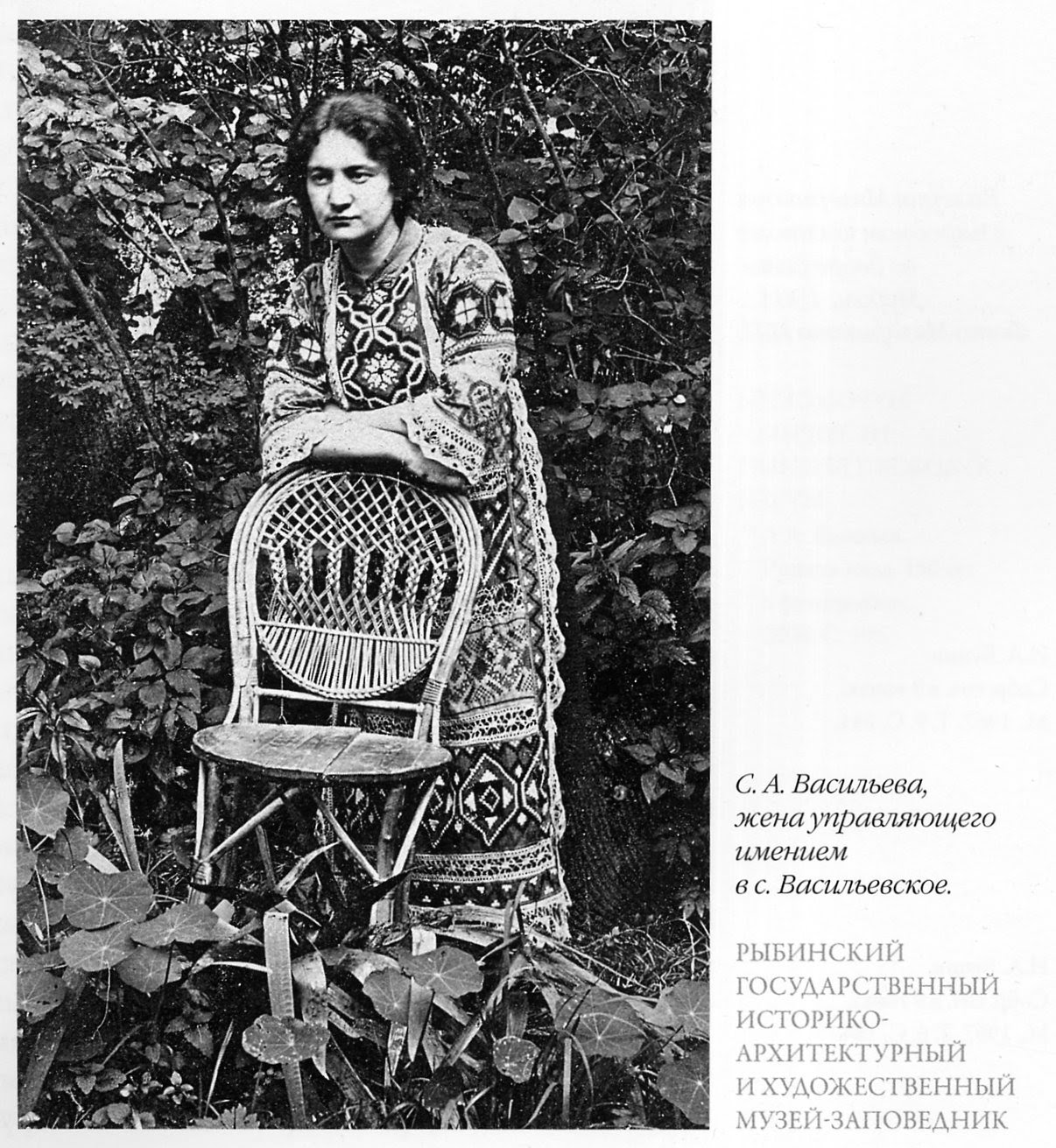












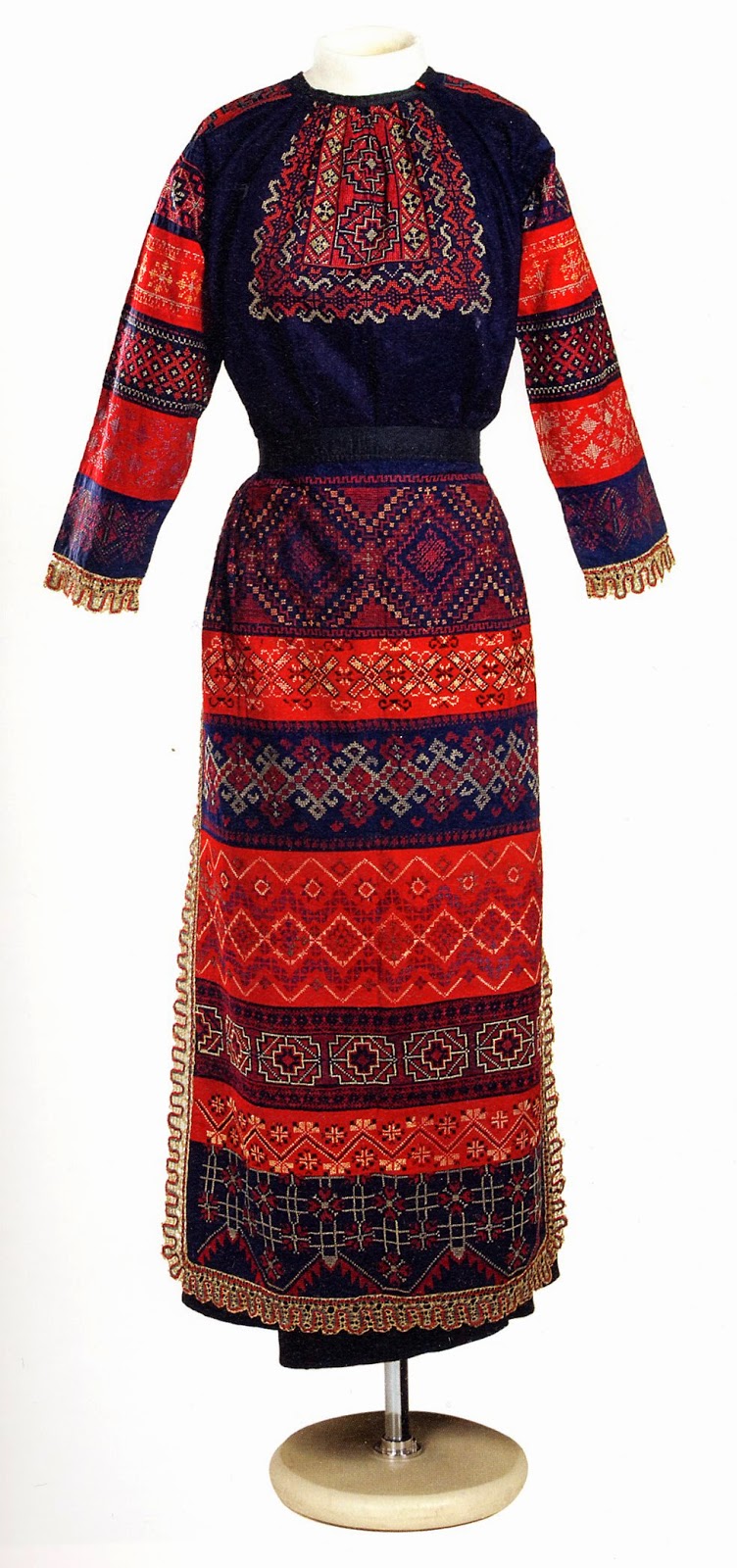






















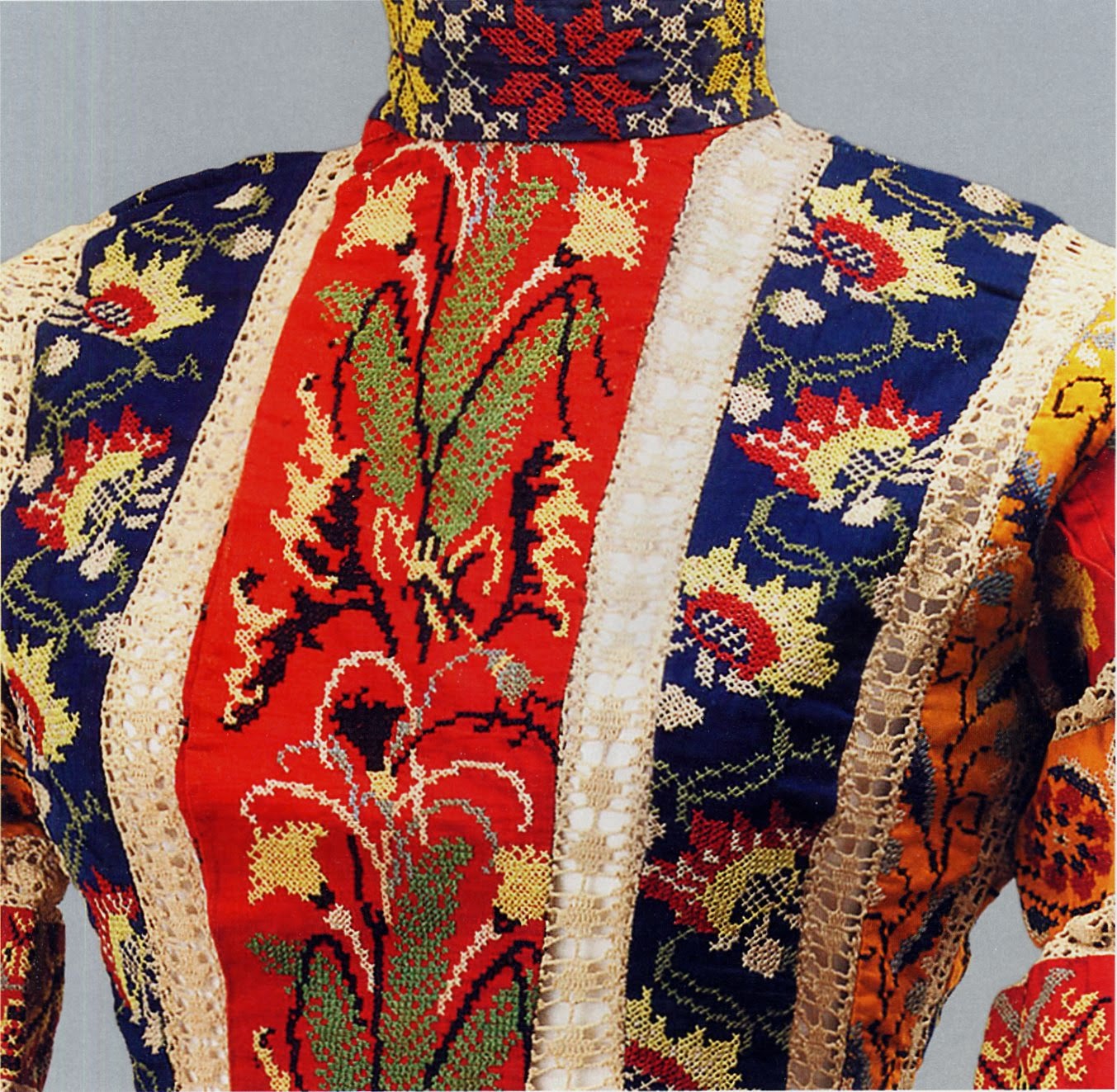




























































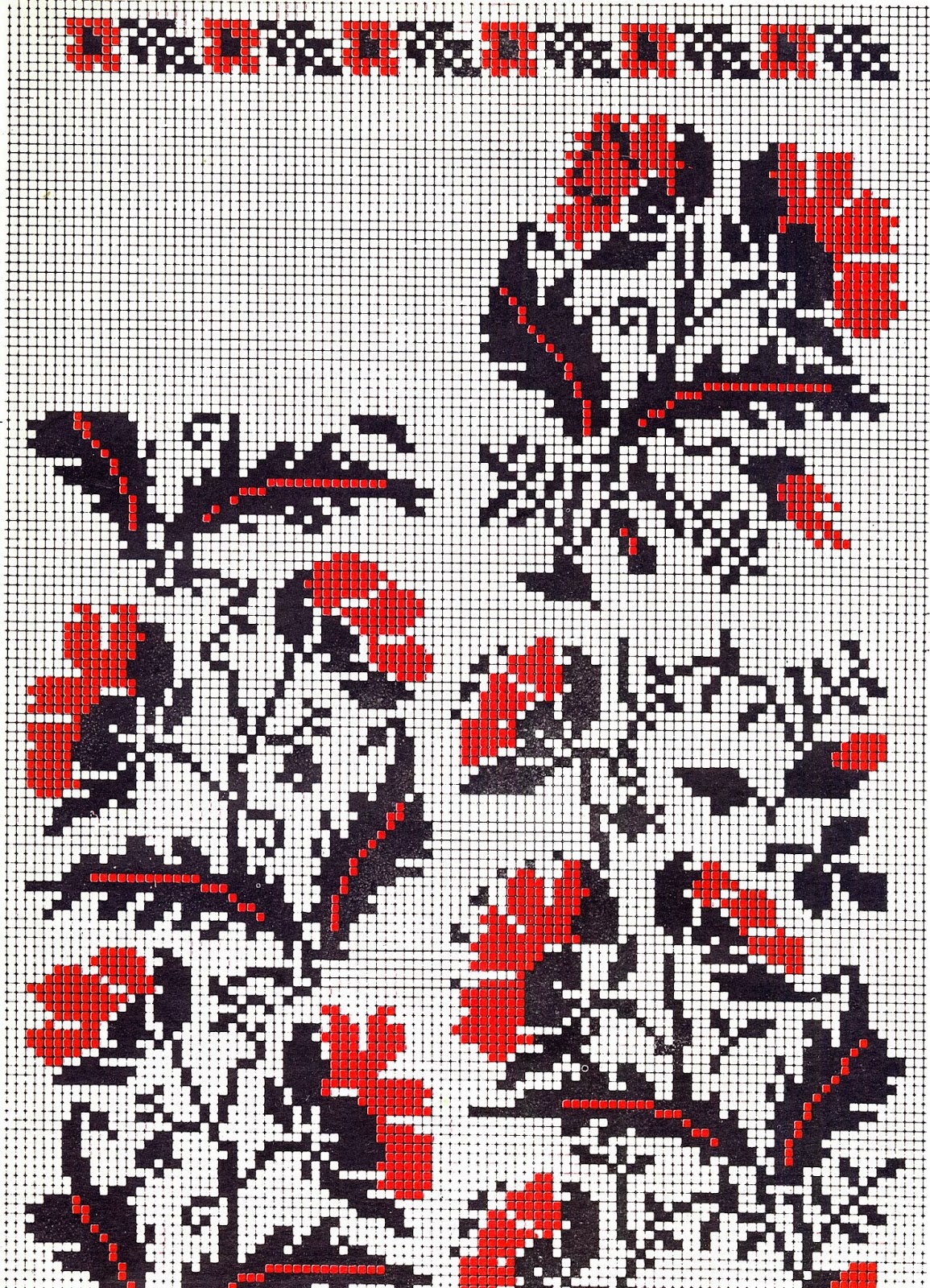




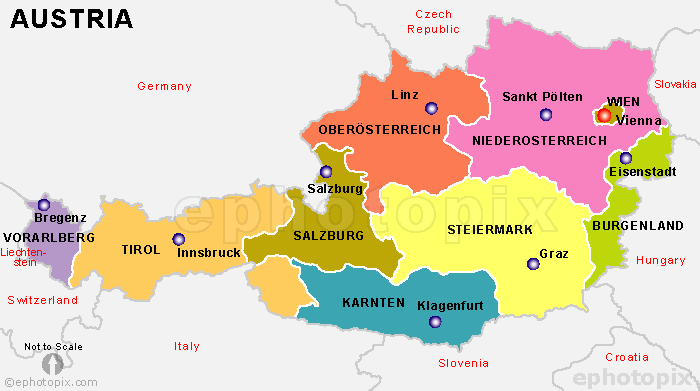









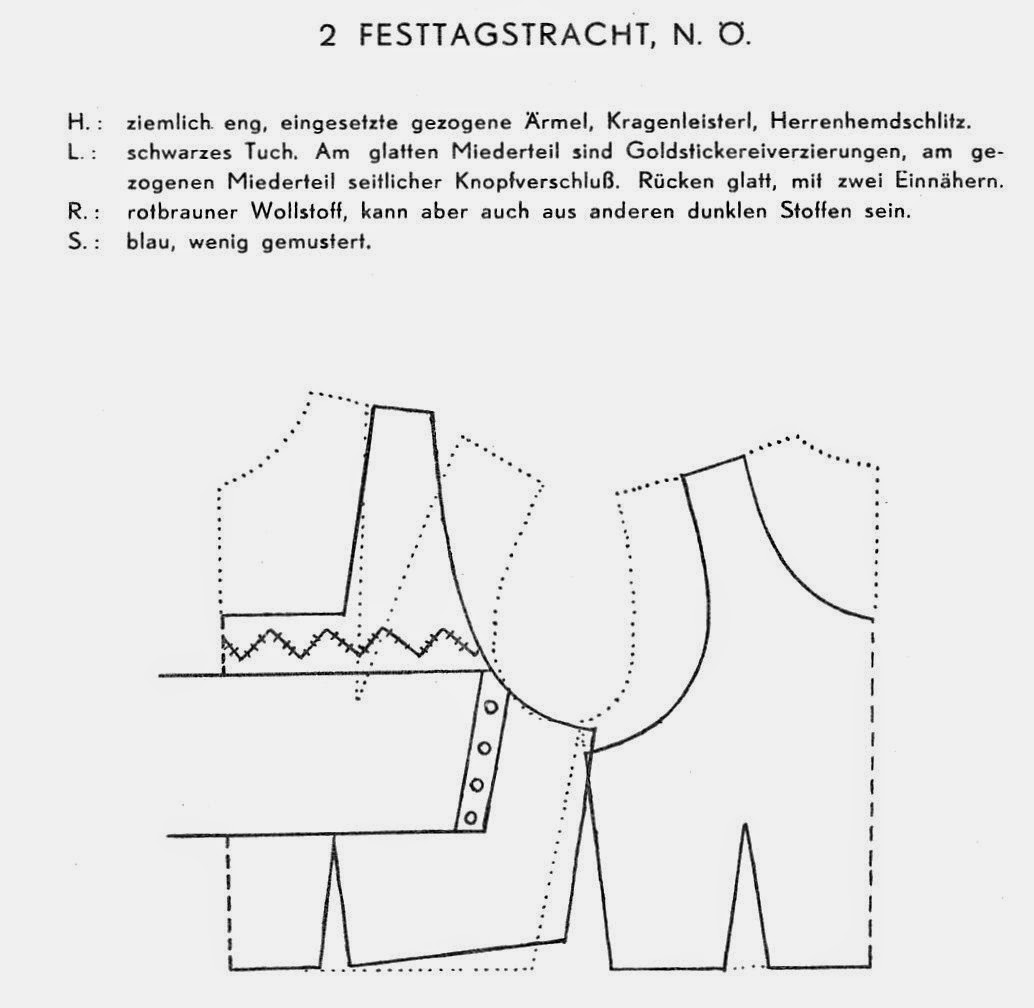

















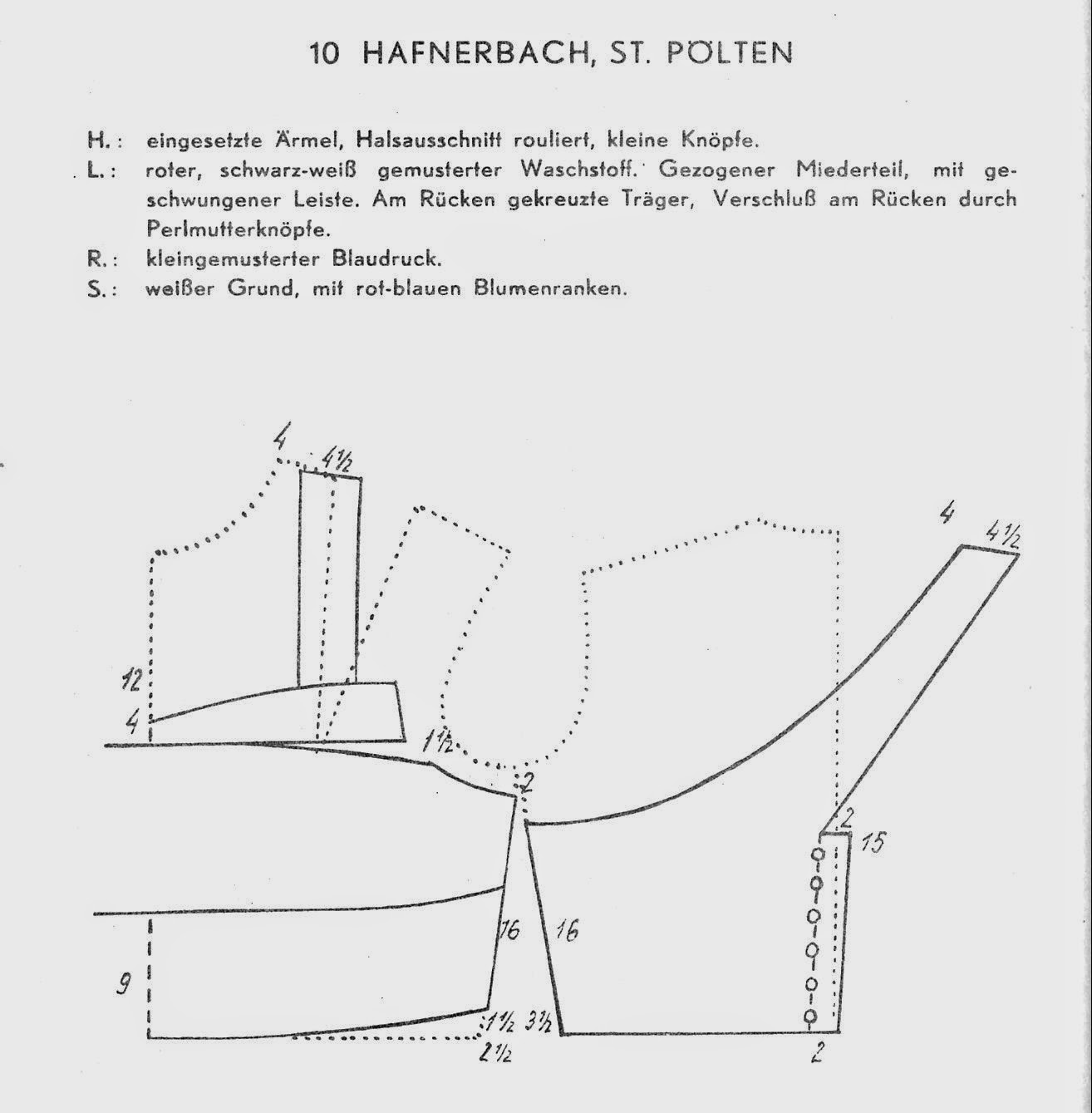



































































































.jpg)
















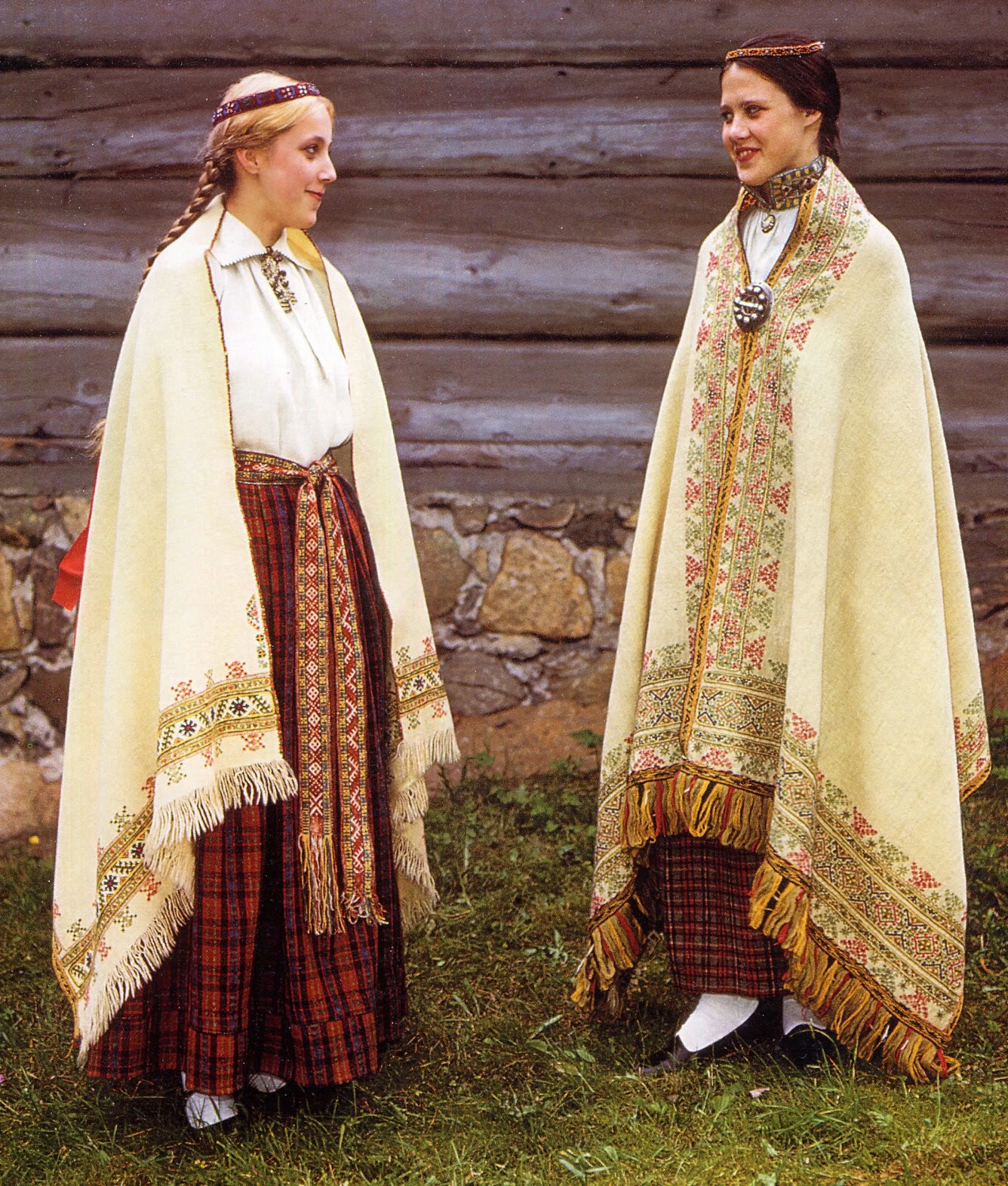






























































































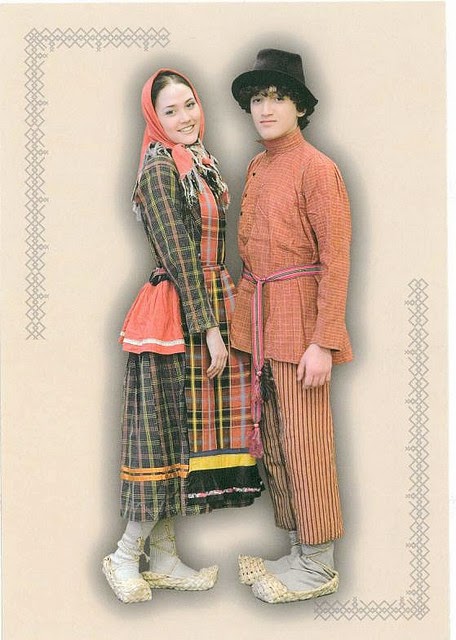












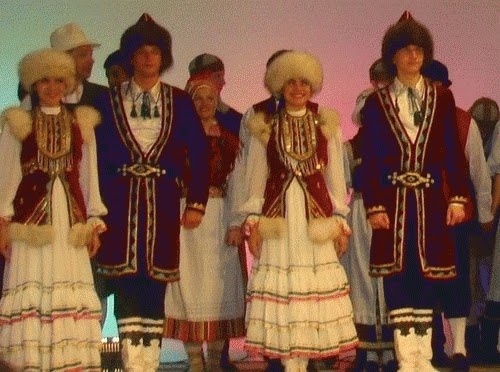




























































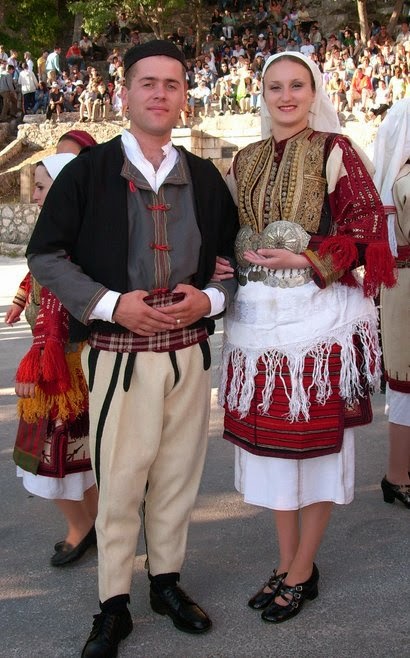
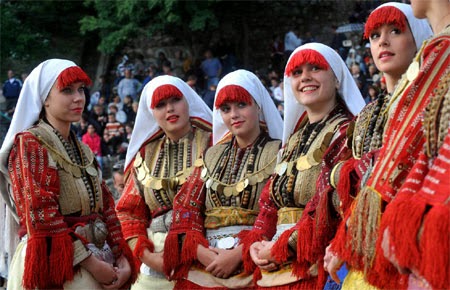
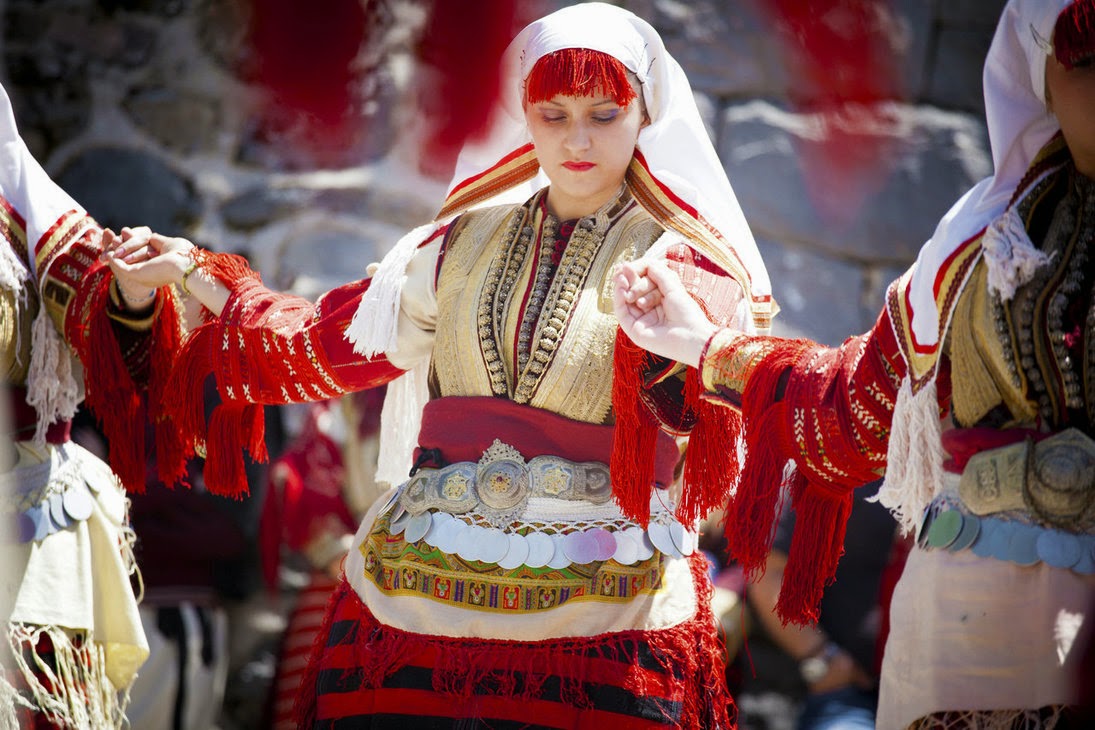

















































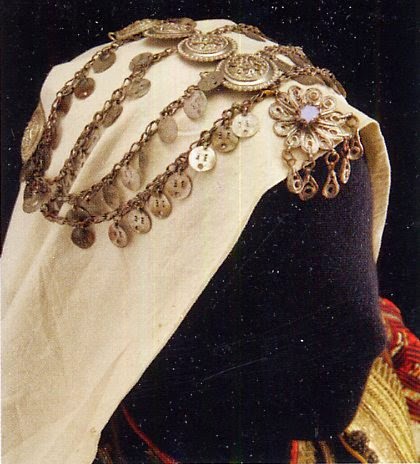




















































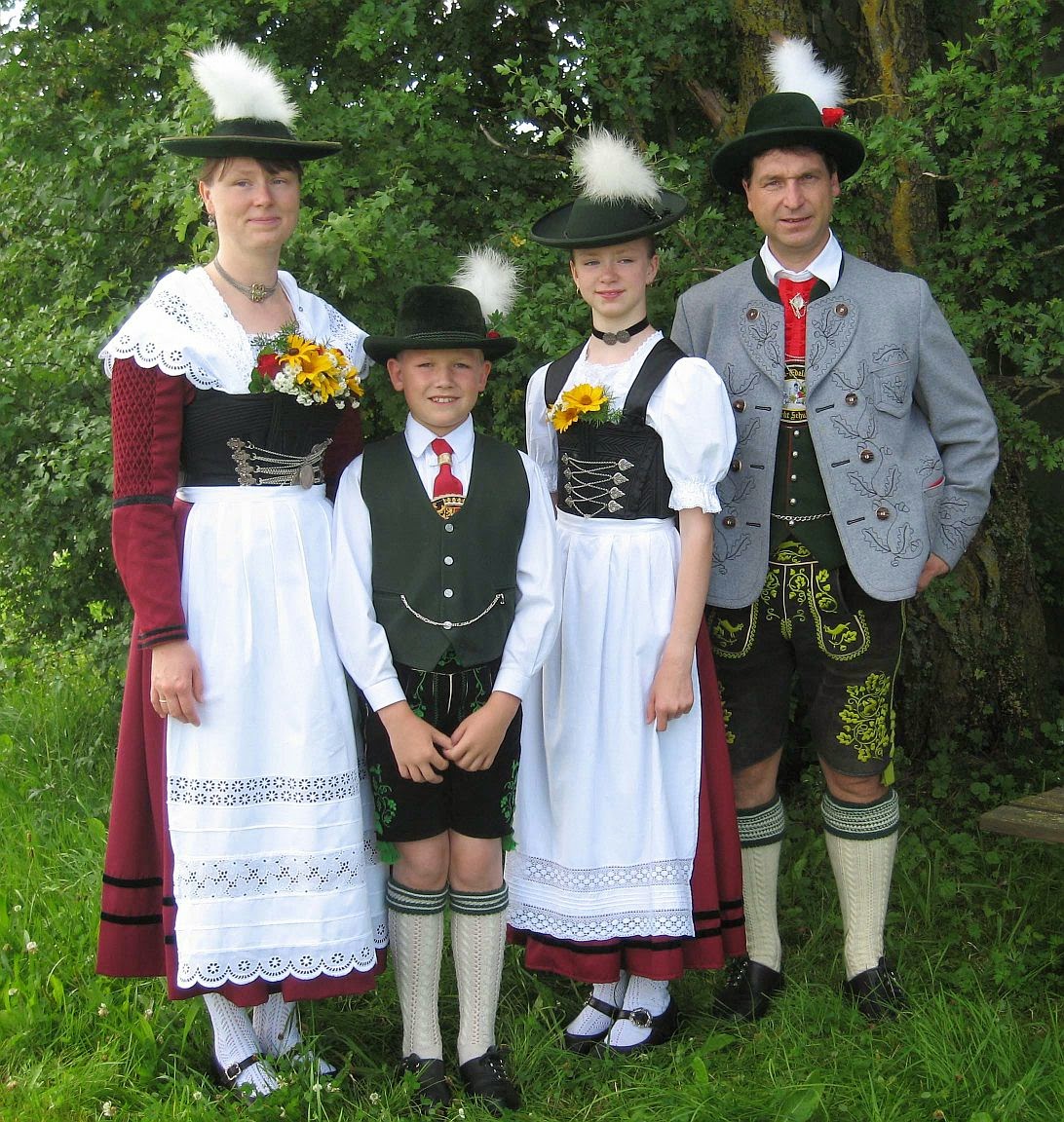



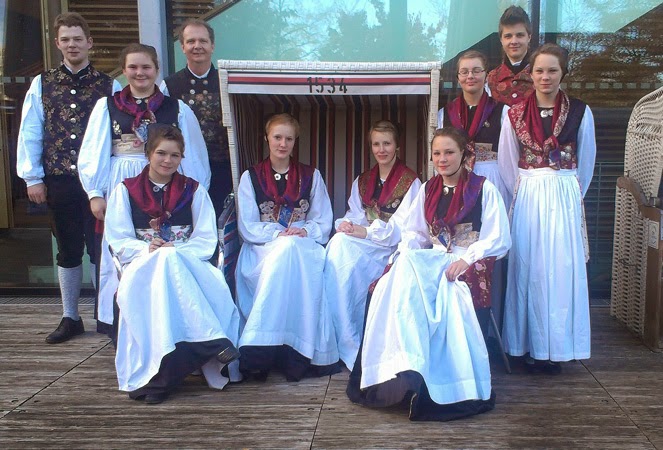

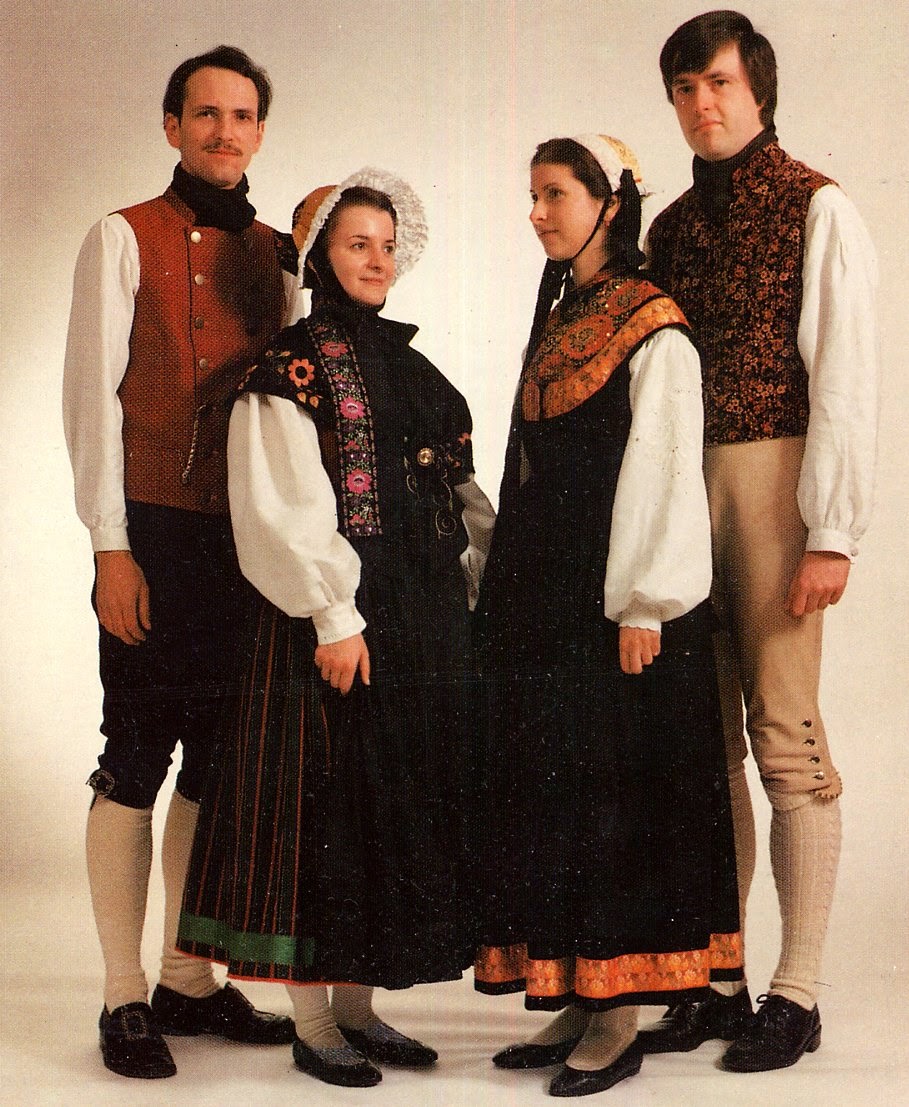
















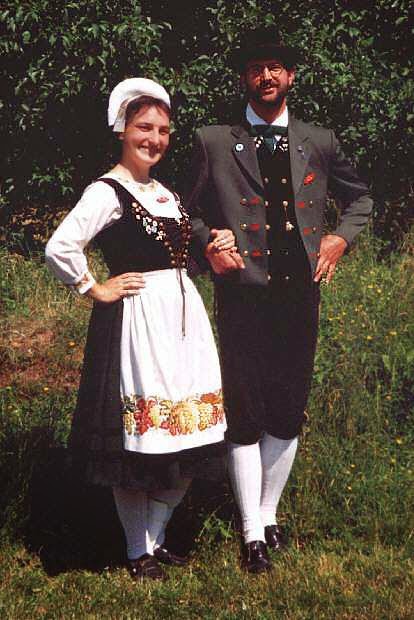






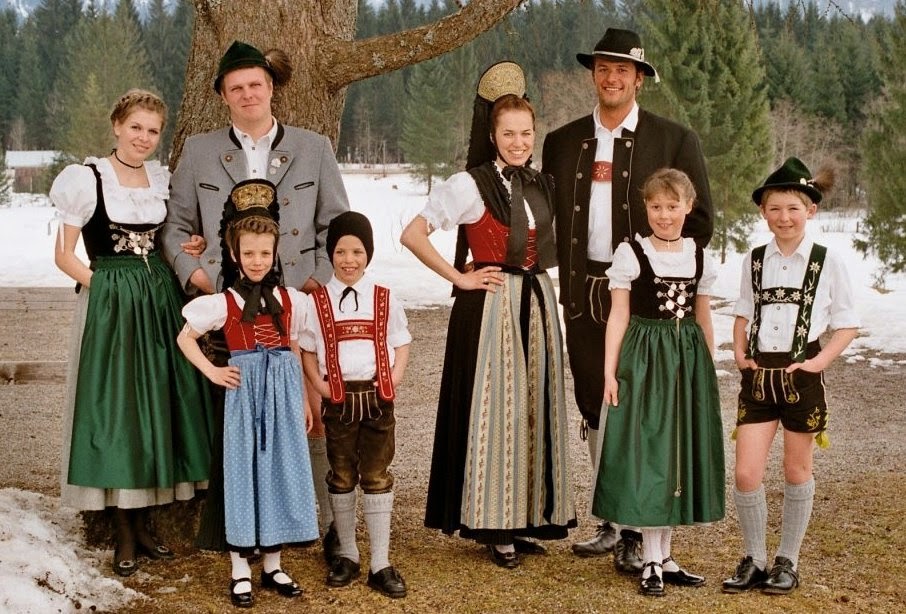




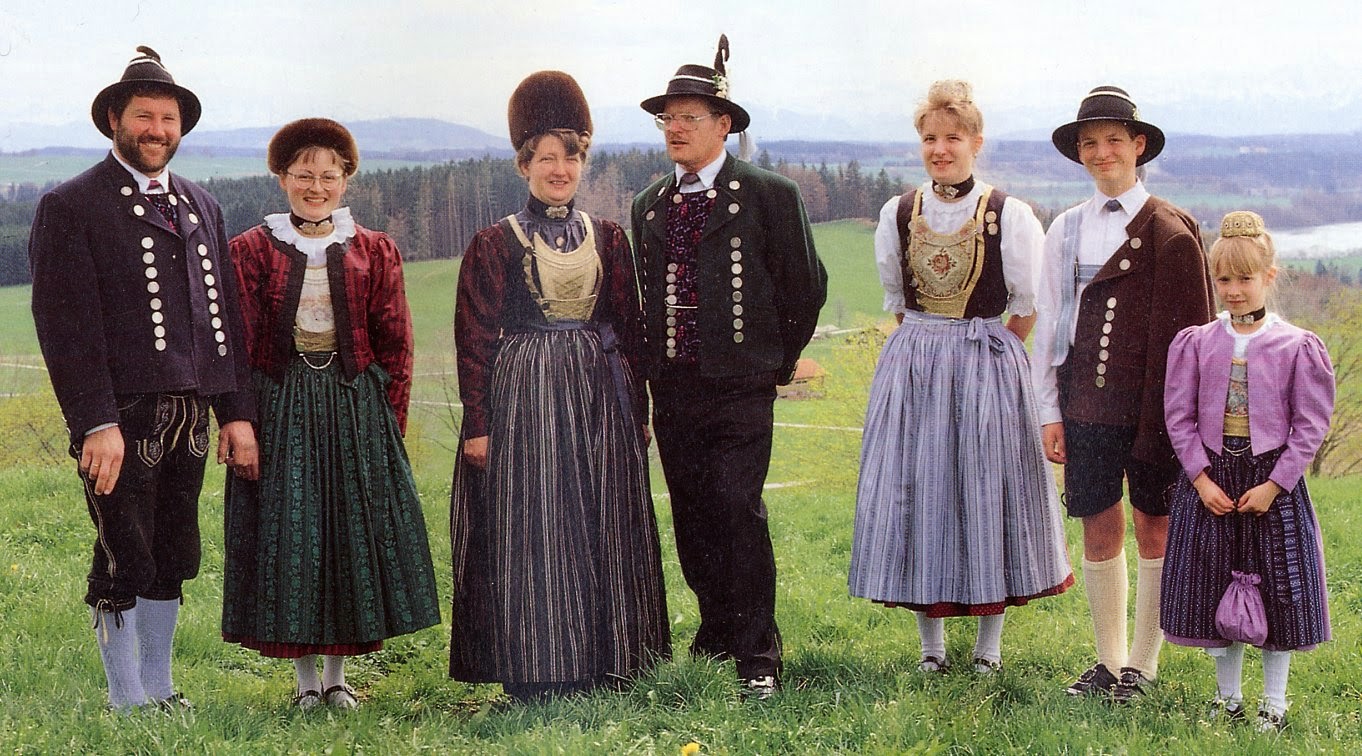








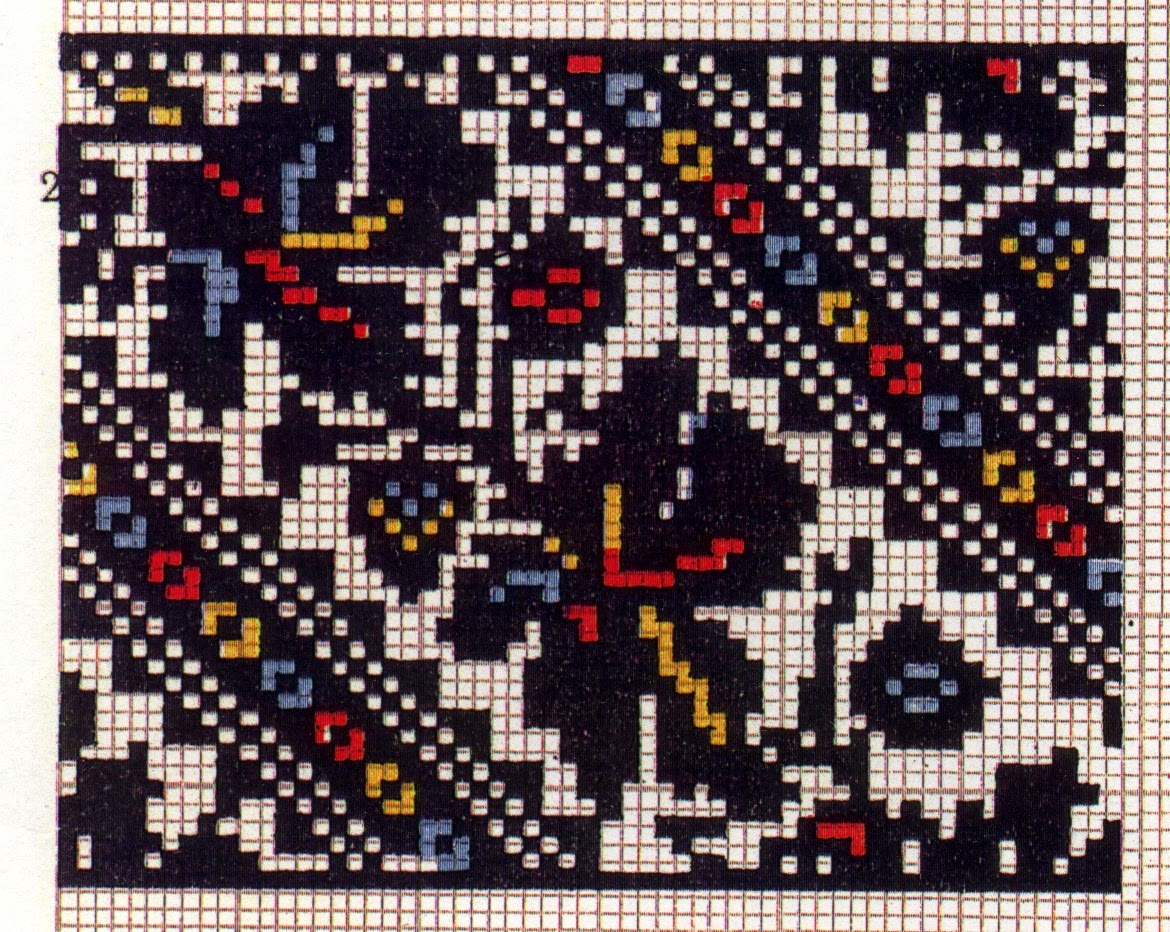




















































































































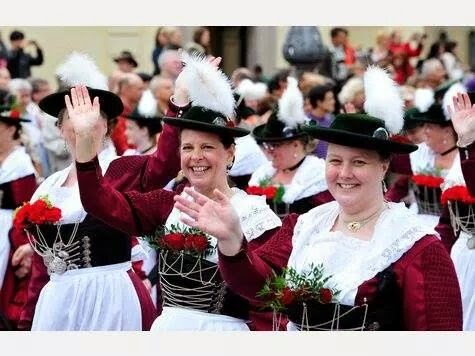













































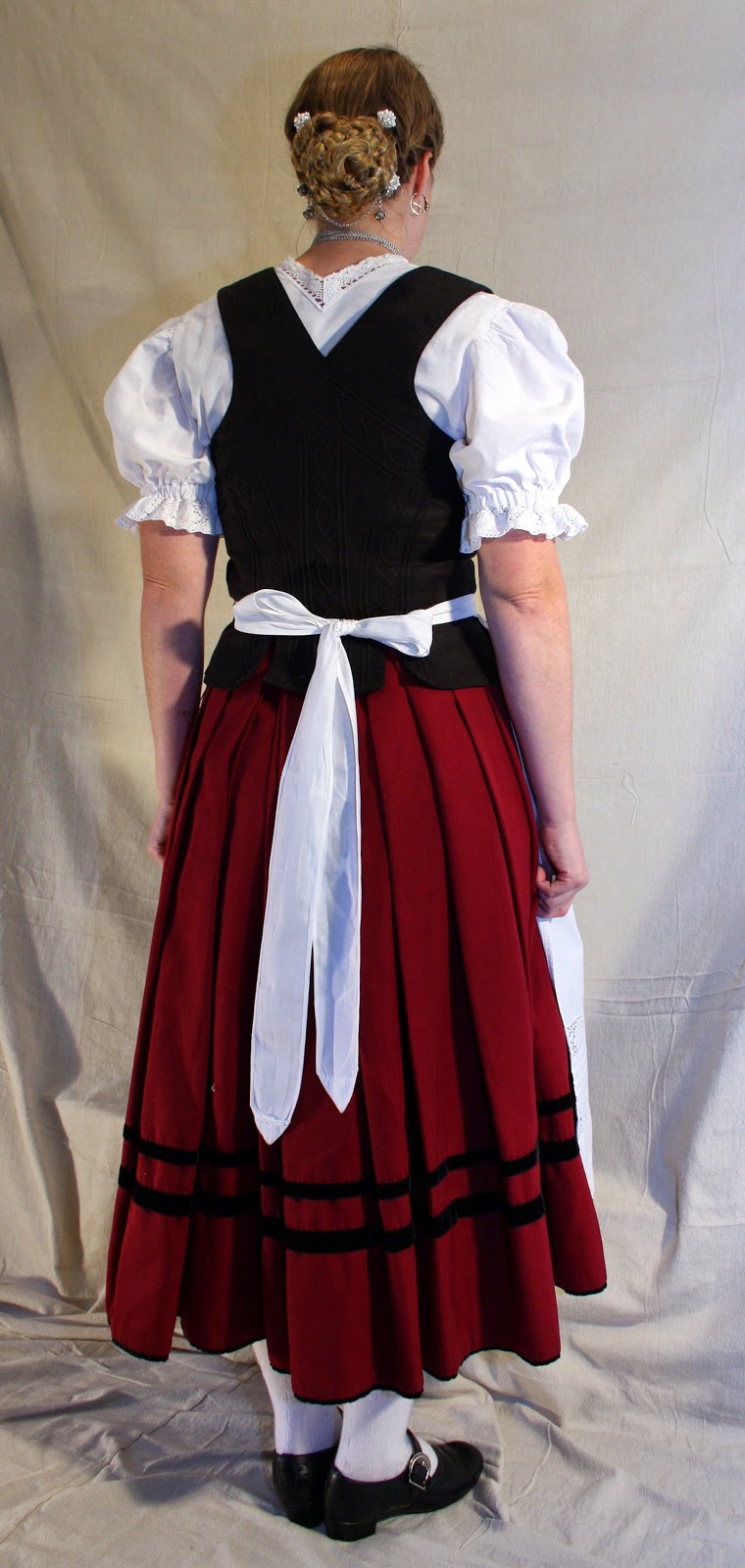
















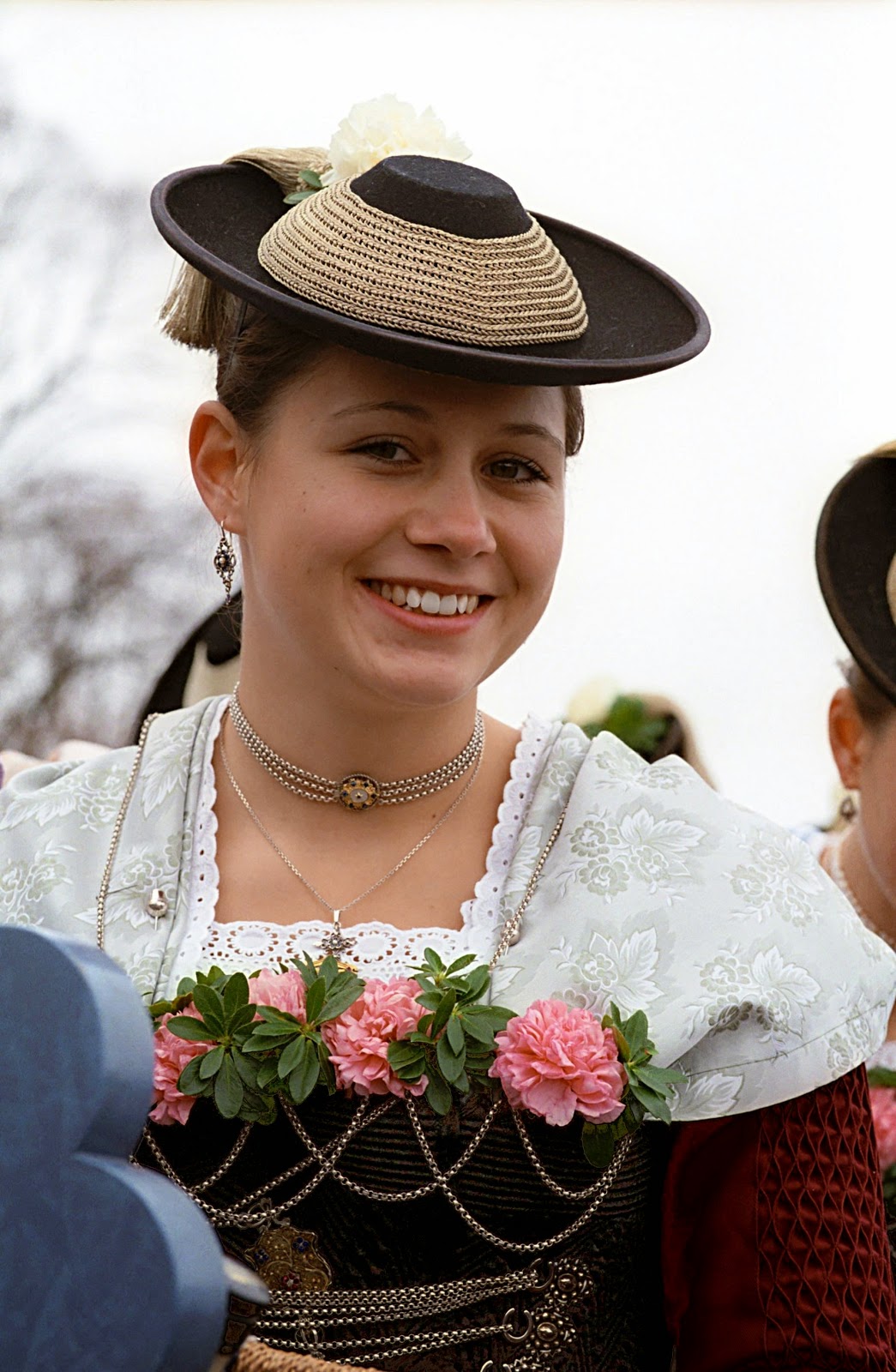










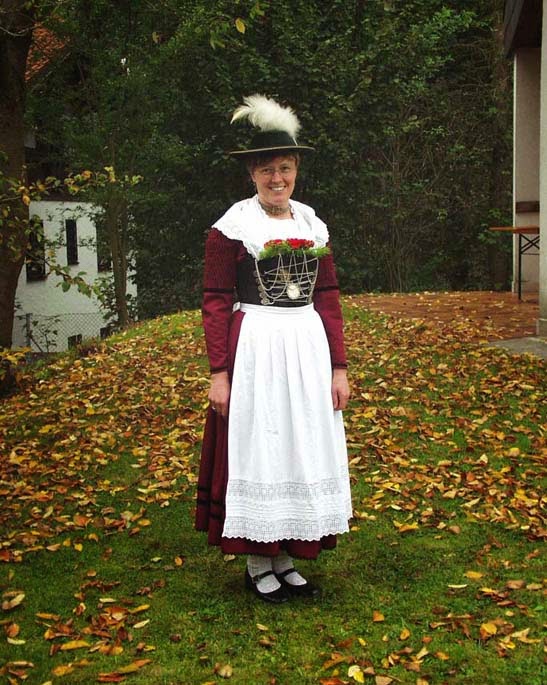













































































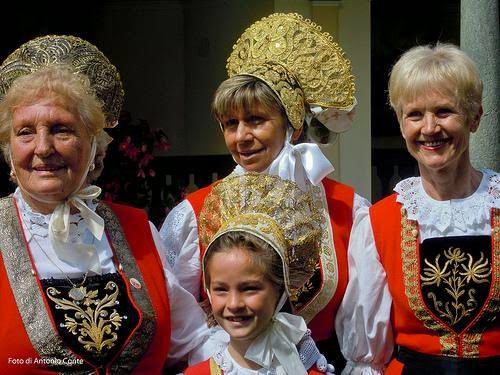

































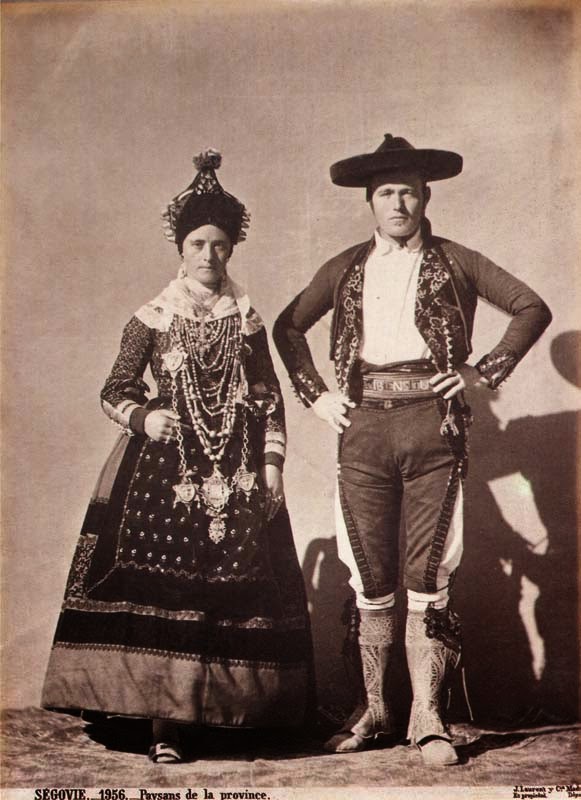




















































































.jpg)













































































































